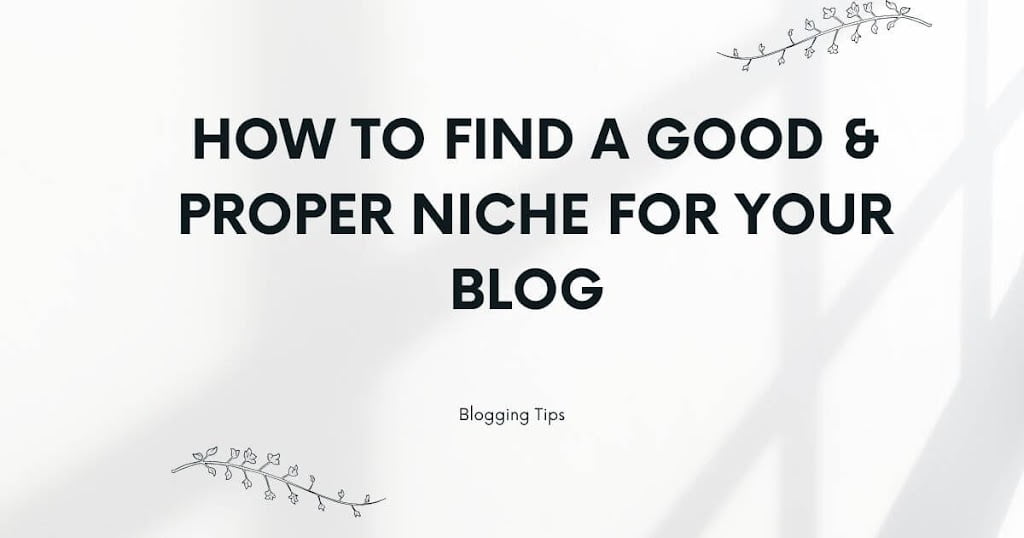Why HTML Formatting is Important for Blog Posts
In the world of blogging, presentation matters just as much as the content itself. HTML formatting plays a crucial role in enhancing the readability and visual appeal of blog posts. While it may seem like a small detail, using HTML tags correctly can make a significant difference in how readers perceive and engage with your content.
The Benefits of HTML Formatting
1. Improved Readability: HTML formatting allows you to structure your blog post in a way that makes it easy for readers to scan and understand. By using headings (<h2>), paragraphs (<p>), and lists (<ul> or <ol>), you can break down your content into digestible chunks, making it more readable and accessible.
2. Enhanced Visual Appeal: HTML formatting allows you to add visual elements to your blog post, such as bold or italicized text, hyperlinks, and images. These elements help to break up the text and make it more visually engaging for your readers.
3. Improved SEO: HTML formatting can also have a positive impact on your blog’s search engine optimization (SEO). By properly structuring your content using headings, search engines can better understand the hierarchy and relevance of your information. This can lead to higher rankings in search engine results, increasing your blog’s visibility and organic traffic.
Best Practices for HTML Formatting
1. Use Heading Tags: As mentioned earlier, heading tags (<h2>) are essential for structuring your content. Use them to break down your blog post into sections and subsections, allowing readers to easily navigate through your content.
2. Keep Paragraphs Short: Long paragraphs can be overwhelming to readers. Aim to keep your paragraphs concise and focused on a single idea. This makes it easier for readers to follow along and absorb the information.
3. Use Bulleted or Numbered Lists: When presenting a series of related points or steps, consider using bulleted or numbered lists. This not only helps to organize the information but also makes it more scannable for readers.
4. Utilize Bold and Italics: Use bold and italicized text sparingly to emphasize important points or keywords. However, avoid overusing these formatting options, as it can make the text appear cluttered and distract from the main message.
5. Add Hyperlinks: Hyperlinks are a powerful tool for providing additional information or referencing external sources. When adding hyperlinks, make sure they are relevant and add value to your content.
Conclusion
HTML formatting is a vital aspect of creating well-structured and visually appealing blog posts. By using headings, paragraphs, lists, and other formatting options, you can enhance the readability and engagement of your content. Additionally, HTML formatting can also have a positive impact on your blog’s SEO, increasing its visibility and organic traffic. So, the next time you write a blog post, remember the importance of HTML formatting and use it to your advantage.




